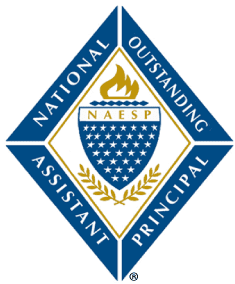
Joanna H. Taylor
Troy Elementary School
Troy, Alabama
taylorj@troyschools.net
Best Practices
1) When I first became assistant principal, our master schedule only allowed for physical education 2-3 times each week. Teachers had also been instructed to not add any form of recess to the grade level schedules. I saw many students with discipline referrals who simply needed an opportunity to move. Others came to my office lacking basic interpersonal skills that are best modeled and practiced during physical education and recess.
I conducted a series of meetings to gather stakeholder feedback on a change to the master schedule and worked with our reading coach to be sure that minutes carved out for physical education and recess did not negatively impact reading instruction for lower grades. After these meetings, I re-worked the master schedule for 85 teachers and almost 1000 students providing 40 minutes of physical education daily and a 20 minute daily recess time for each grade level. I met with teachers to discuss options for recess and how to use the time to model and provide practice for social-emotional growth and interpersonal relations practice.
During the school term and following, I gathered data on the number of discipline referrals and the nature of referrals. We saw a nearly 30% decrease in discipline referrals the first year after implementing the new schedule. What I had not anticipated was how beneficial a 20 minute recess time would be for the relationships between teachers and students as well as among teachers. Taking a moment outside of the structured routine of school each day to see each other in a new setting has had a significant, positive impact on the climate and culture of our school overall.
2) As I spent time in classrooms and reviewing student data, I saw the need for a clearly articulated, comprehensive assessment plan including student progress monitoring and the mechanisms to systematically make changes to instructional pacing and methodology in response to data collection. I worked with our teachers in pre-k – 6th to conduct grade level PLCs and vertical planning sessions to develop our school’s first comprehensive assessment plan.
We developed a tiered approach to screening, diagnostic, and benchmark assessments and worked with Alabama Reading Initiative and Alabama Math, Science, and Technology personnel to evaluate the plan at each stage.
While this project is still on-going, we have had more targeted conversations surrounding student data trends and instructional best practices to increase student achievement than were previously possible. At each stage of a student’s instructional growth, our Problem Solving Team has the data necessary to determine the effectiveness of current interventions and the best next steps for filling any gaps in student learning. Further, our teachers are able to use a common language when discussing pacing, scope and sequence, and lesson planning in their grade level and vertical PLCs as a result of the comprehensive assessment plan utilized by all teachers.
I am glad to have had the opportunity to do this work with our staff, because we are now far more able to track the effectiveness of our instruction and make necessary adjustments in a more timely fashion. We are seeing strong, positive trends in our student data in both reading and math that can be traced to more closely monitoring student progress with instruments designed to measure specific academic areas.


